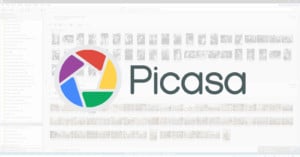
Why I’m Still Using Picasa in 2020
Google’s Picasa was first released in 2002 as a quick way to catalog and edit your photos en masse. In 2015, Google released its last update and has since replaced it with the now ubiquitous Google Photos.

Google’s Picasa was first released in 2002 as a quick way to catalog and edit your photos en masse. In 2015, Google released its last update and has since replaced it with the now ubiquitous Google Photos.
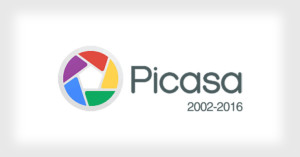
Google has been making big moves into the world of digital photos recently through its Google Photos product, which offers free and unlimited storage and sharing. As the popularity of the service grows -- over 100 million people use it now -- the relevance of another fades: Google announced today that it's shutting down Picasa to focus solely on Google Photos.
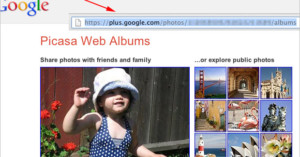
In July 2011, we shared a report that Google was planning to rebrand Picasa as Google Photos later that year. Well, that didn't happen, but it still looks like the Picasa brand name is on track to be sunsetted.
Google has begun redirecting the Picasa Web Albums URL to personal Google+ Photo Album pages.
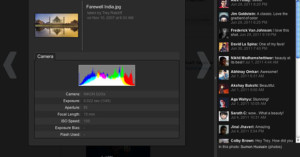
For photo enthusiasts, Google’s new Google+ social network is something like Flickr mixed with Facebook. It has the social …
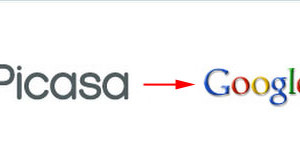
Mashable is reporting that Google will be rebranding …
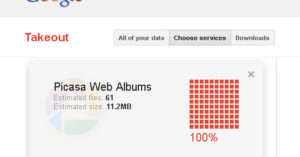
One of the gripes some people have with Flickr is that it doesn't offer an easy way to download your complete collection of photos if you ever want to move your images elsewhere (though, hopefully you're not using it as your only backup).
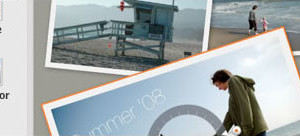
Google has changed the way it limits …

Google added a neat feature called "Face Movies" to its Picasa photo software last week. This feature uses facial recognition technology to help you create a movie slideshow where a person's face is aligned in each photograph. An example of something you can do with this feature is to create a slideshow of your child growing up (like in the example Face Movie above).
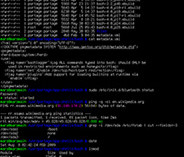
If you’re a geek (as most of you apparently are) and prefer doing stuff through command line rather than a …
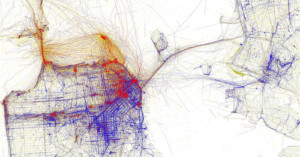
Two weeks ago we posted on the Geotaggers' World Atlas, a project by Eric Fischer that shows heat maps of where photographs are taken in big cities, created using geolocation data from Flickr and Picasa photos.
Fischer now has a new set of maps called Locals and Tourists that distinguish between photos taken by inhabitants of the city and others who are simply passing through.
Some people interpreted the Geotaggers' World Atlas maps to be maps of tourism. This set is an attempt to figure out if that is really true. Some cities (for example Las Vegas and Venice) do seem to be photographed almost entirely by tourists. Others seem to have many pictures taken in piaces that tourists don't visit.
Blue points are locals (determined by whether the person has a history of photographing in that city), red points are tourists, and yellow points indicate photos for which it cannot be determined.
San Francisco

Doxie is a portable, USB-powered scanner for scanning things on the go. It scans documents and photographs at 600dpi …

In an announcement on the Google Photos Blog today, Google …

If you’ve ever edited your Flickr photographs using the default image editor provided by …